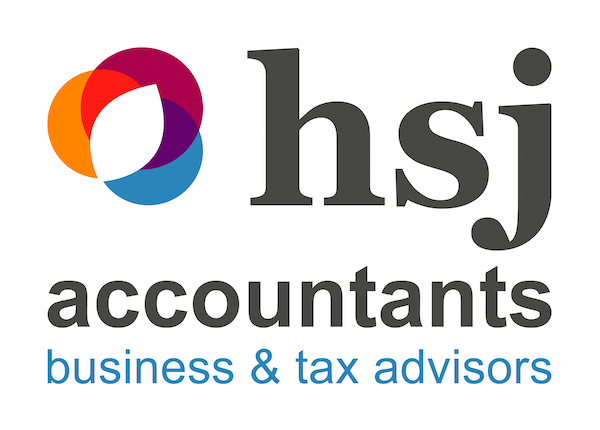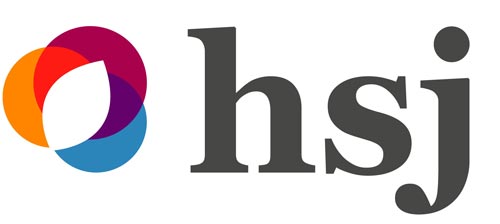A guide for employees
What if you were being underpaid or overpaid without even knowing it? Well this is exactly what happens if your tax code is incorrect. And while being overpaid because of an incorrect tax code may not sound too bad, the tax man will always catch up with you. This is why it’s important to check your tax code. It takes five minutes and will ensure that you get every penny you deserve on pay day.
What is a tax code and what does it do?
Ever seen a string of four or five numbers and letters on your payslip? Something like 987L or 1257L? Well this is your tax code. This tells employers how to apply tax to earnings. Everyone has an annual tax-free allowance (the amount you can earn each year that will not be taxed) for most people this is £12,570. Everything you earn above this is taxed. However there are lots of factors that affect how much tax you should pay. The person who calculates your pay each month needs to know how much you get tax-free, and what rate they should tax the rest of what you earn.
1 2 5 7 L
The number in your tax code tells your employer how much you should be paid tax-free. Take the number and multiply it by 10. This is your tax free allowance. i.e.1257 in your tax code becomes £12,570. The letter in your tax code gives your employer more detail about how to tax what you earn over your tax free allowance. Different letters have different meanings.
Some common tax codes
1257L is the general tax code for 2021-2022. It shows that you should be taxed at standard rates (the “L” part) and your tax-free annual allowance is £12,570. Your tax code will be 1257L if you paid the correct amount of tax last year, this is your main source of income, and you don’t receive any work benefits such as a car or health insurance. 1257L W1 / 1257L M1. These are usually assigned when you change jobs and not supplied your employer with your P45. It shows that you are awaiting confirmation of the correct tax code from HMRC. 0T this indicates that you have used up all your tax-free allowance for the year. You do not receive any tax-free allowance and will be taxed on all your earnings at the prevailing rate of tax. It is also sometimes used as an emergency tax code when you change employer.
What if the number in your tax code is not 1257?
The number in your tax code refers to the amount you can earn before tax starts being deducted. For the financial year 2021-2022 this allowance is £12,570, which is represented by “1257” on your tax code. Your tax-free allowance can be increased or decreased depending on many outside factors. These are just a few of the most common reasons.
Number is LESS than 1257 i.e.1110
Your personal allowance has been decreased, so you get less than £12,570 tax-free. This may be because you;
- Receive additional employment benefits, such as a company car, workplace parking, private healthcare, that are taxable benefits.
- Have additional income that hasn’t been taxed yet (e.g. rental income for a previous year)
- Need to pay tax on State benefits (including the State Pension)
- Underpaid tax in previous years
- Or it is a tax code for a 2nd (or 3rd, etc) job
Number is GREATER than 1257 i.e.1450
Your personal allowance has been increased, and you can earn more than £12,570 without being taxed. This may be because you:
- Buy, repair or replace small tools you need to do your job, e.g. scissors or a drill
- Clean, repair or replace specialist clothing, e.g. a uniform or safety boots
- Use your own vehicle for business
- Buy fuel when you use a company car
- Claimed or are claiming a working from home allowance.
What if you have different letters in your tax code?
There are other letters that are used in tax codes to denote different ways in which tax is applied to your earnings. These include the following:
- M Received a transfer of 10% of your partner’s Personal Allowance under the Marriage Allowance.
- N You have transferred 10% of your Personal Allowance to your partner under the Marriage Allowance.
- S Means your income or pension is taxed using the rates in Scotland.
- C Your income or pension is taxed using the rates in Wales.
- T Is a tax code includes other calculations to work out your Personal Allowance, e.g. it’s been reduced because your estimated annual income is more than £100,000
- BR Income from this job or pension is taxed at the basic rate (usually used if you’ve got more than one job or pension)
- D0 Your income from this job or pension is taxed at the higher rate (usually used if you’ve got more than one job or pension
- D1 All your income from this job or pension is taxed at the additional rate (usually if you’ve got more than one job or pension)
- NT Not paying any tax on this income
- K Have income that isn’t being taxed another way and it’s worth more than your tax-free allowance.
Think you are on the wrong tax code?
Your employer doesn’t know any of the detail of why you have been given a certain tax code. Only HMRC know this. So unfortunately your employer won’t be able to help you very much with this one. If you have checked your tax code and think it is incorrect you need to get in touch with HMRC. You can fill out an online form, call or write.
We’re here to help you…
To find out more about our payroll services or to discuss your payroll needs contact our friendly payroll team today:
Call: 01633 815800 – Email: help@hsj.uk.com
Content provided by PayDashboard. Information correct as of 17th August 2021.This information does not constitute financial advice.


